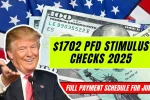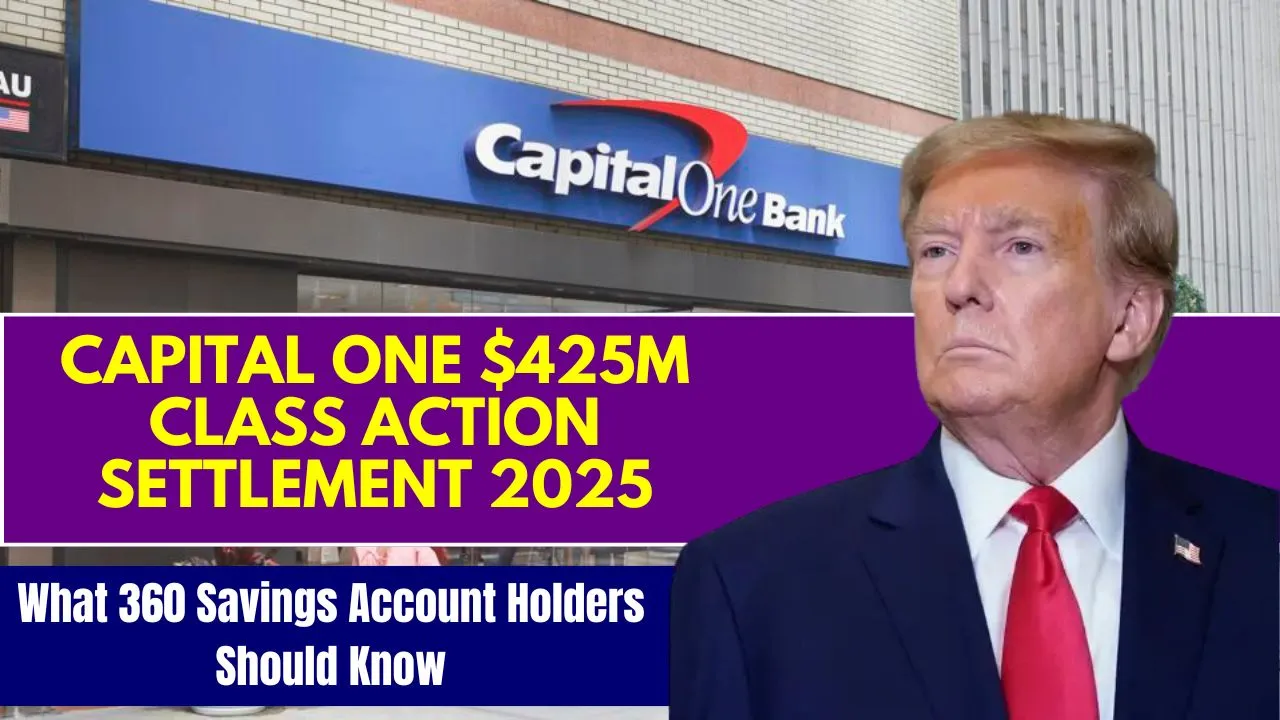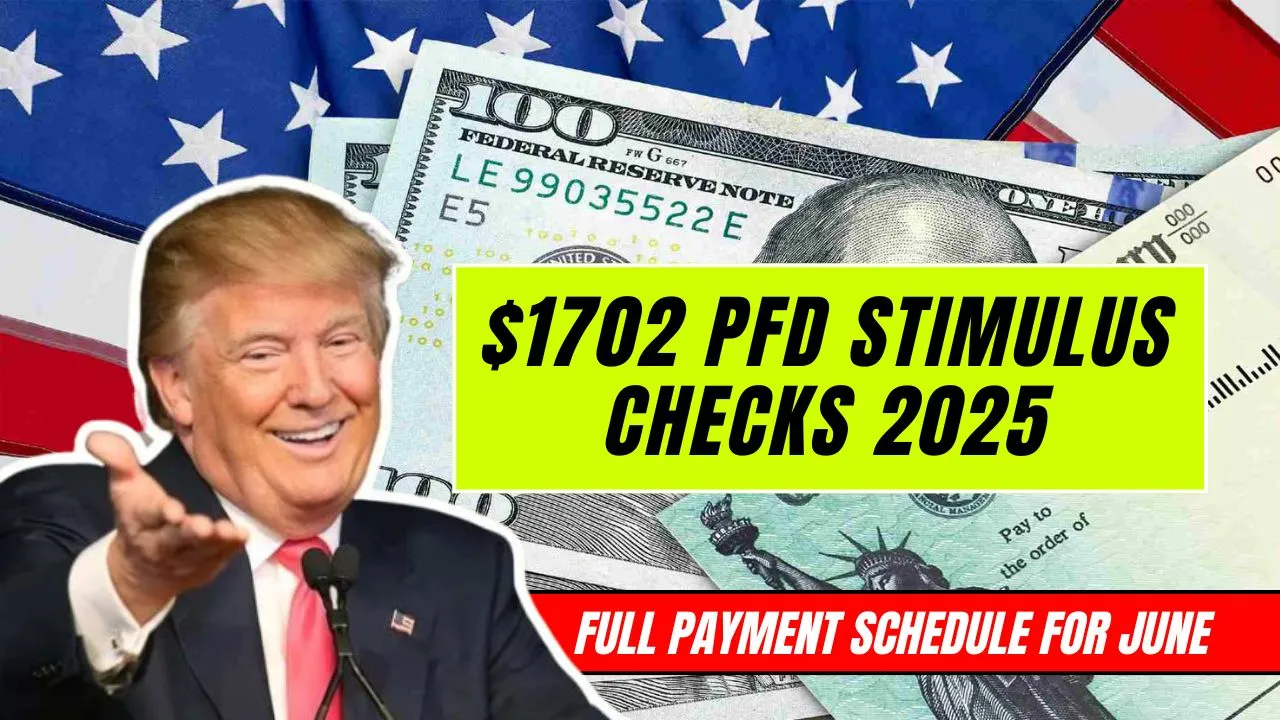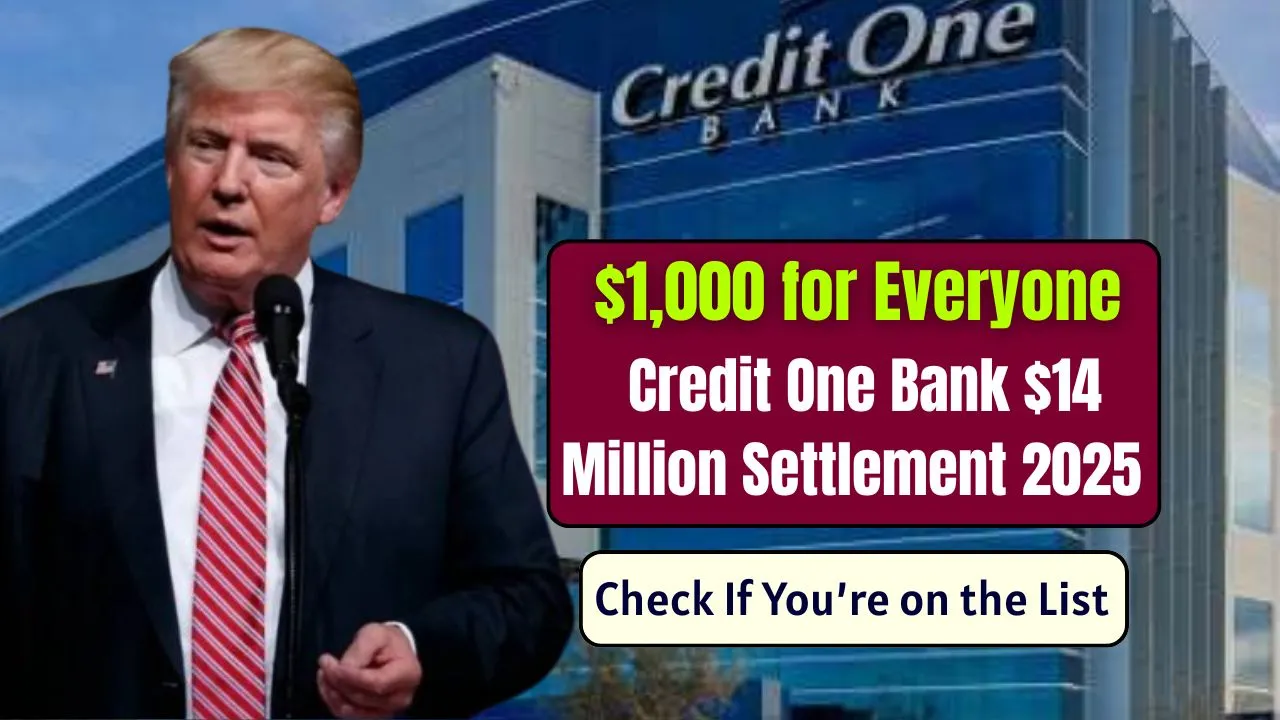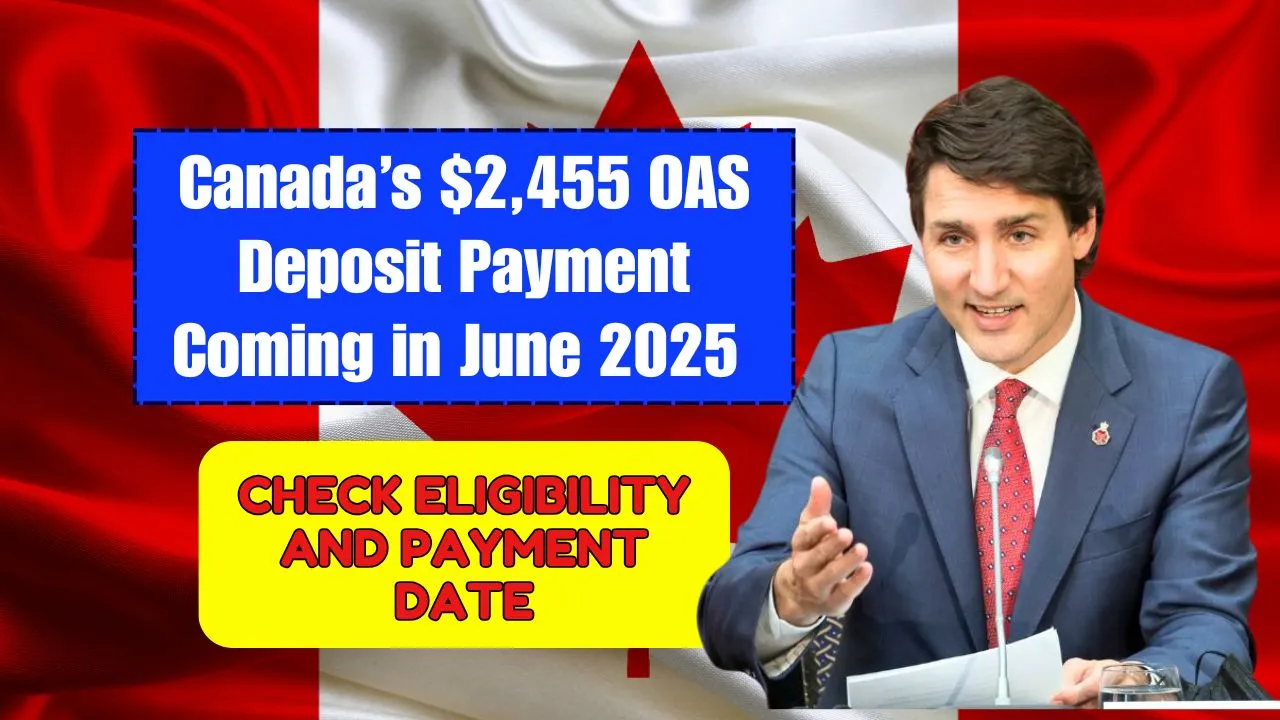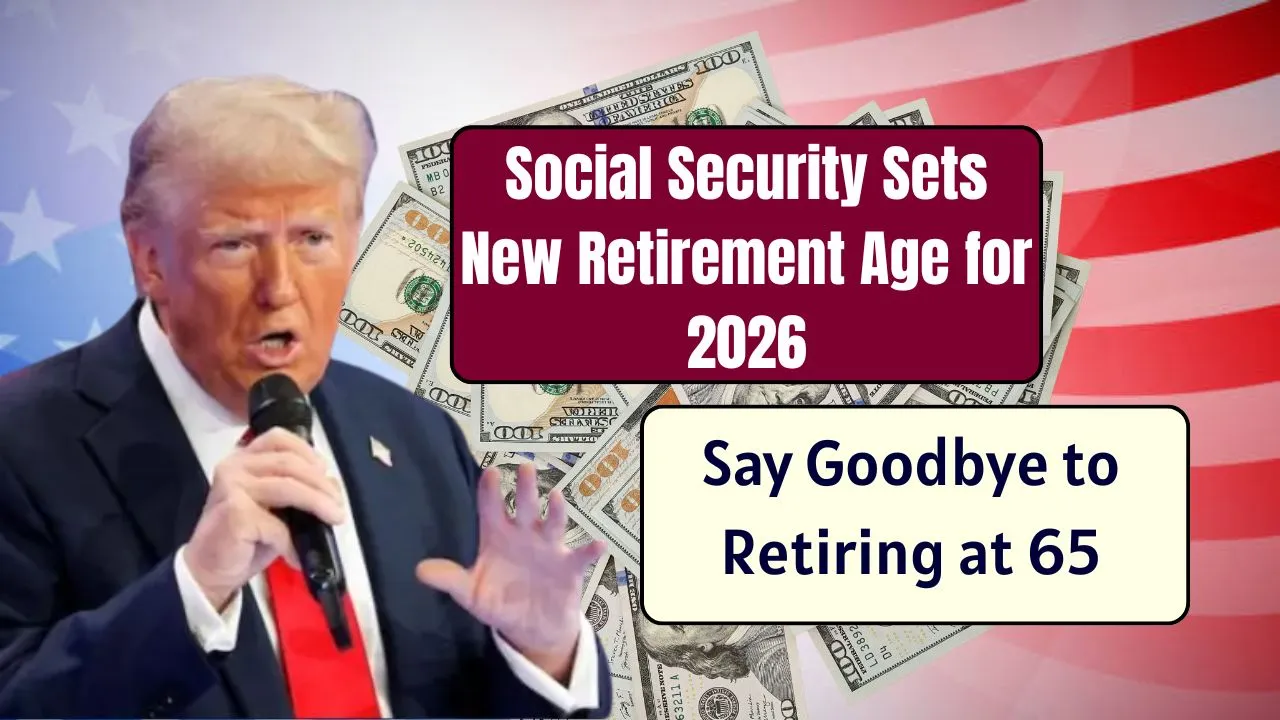DOGE Stimulus Checks: Economic reform discussions in June 2025 are gaining momentum in Washington—centered on a bold proposal: the DOGE Stimulus Checks. This initiative, driven by the Department of Government Efficiency (DOGE), aims to redistribute $5,000 to qualifying American taxpayers. With high-profile support from figures like former President Trump and Elon Musk, the plan has sparked significant buzz and is drawing attention across multiple Congressional committees.
The DOGE Stimulus Checks proposal takes a unique approach by returning a portion of government savings in the form of cash payments. Intended to reward continual taxpayers and simplify federal operations, the scheme could change the way public funds are used. While still in the legislative review stage, it’s already shaping the national conversation around fiscal responsibility and citizen support.
DOGE Stimulus Checks: What Makes It Stand Out?
The DOGE Stimulus Checks have become a central topic in recent economic policy discussions, with millions of American taxpayers eager to learn if they’ll qualify. What sets this proposal apart is its emphasis on rewarding financial responsibility, targeting those who actively contribute more to the economy than they receive in benefits. Unlike traditional relief programs, the DOGE initiative aims to create a direct link between efficient government spending and tangible taxpayer rewards. If passed, these checks could serve as a powerful incentive for future civic participation and a model for transparent redistribution of public funds.
DOGE Stimulus Checks Overview Table
| Aspect | Details |
| Program Name | DOGE Stimulus Checks |
| Administered By | Department of Government Efficiency (DOGE) |
| Payment Amount | $5,000 one-time payment for each eligible individual |
| Target Population | U.S. taxpayers who filed returns in the past two years |
| Funding Source | 20% of $2 trillion in government savings |
| Distribution Method | Direct deposit or paper checks via IRS infrastructure |
| Legislative Phase | Under review; draft in April 2025; public hearings summer 2025 |
| Expected Timeline | Possible rollout in July 2026, post-approval |
| Supporting Figures | Donald Trump, Elon Musk |
What Is the DOGE Stimulus Check?
The DOGE Stimulus Check is a one-time direct payment based on redistributing government savings. The goal is threefold:
- Reward Responsible Taxpayers – Those who contribute more in taxes than they receive in benefits.
- Boost Economic Efficiency – By cutting red tape and modernizing systems.
- Help Reduce National Debt – With 20% of savings earmarked for government debt reduction.
Using the IRS as the distribution channel ensures quick and efficient payments aligned with taxpayers’ existing bank information.
Who Qualifies for the Stimulus?
Eligibility hinges on a few clear principles:
- Filed a federal tax return within the past two years.
- Pays more in federal taxes than they receive in federal benefits.
- May be subject to an income threshold (details to come).
- Must be a U.S. citizen or legal resident.
This method ensures that the benefit targets taxpayers who contribute meaningfully to public revenue.
How Will Payments Be Made?
The IRS is expected to handle payments once authorization is granted. There will be no need for separate applications:
- Direct Deposit to existing bank details.
- Paper Checks for those without direct deposit on file.
- No additional paperwork—eligibility is determined via IRS data.
This streamlined approach is designed for efficiency and minimal administrative burden.
Funding Breakdown: Where the $2 Trillion Comes From
| Allocation Purpose | Percentage of $2 Trillion |
| Stimulus Checks | 20% |
| National Debt Reduction | 20% |
| Government Modernization | 60% |
The proposal advocates saving actual money through efficiency, then returning part of it to citizens while using the rest for broader fiscal and governmental improvements.
Latest Updates as of June 2025
- Legislative Status: Draft bill introduced in April 2025; it’s now under review in various Congressional committees.
- Timelines: Public hearings are slated for July 2025; a potential vote in fall 2025.
- Payment Rollout Estimate: If all goes smoothly, infrastructure setup could begin by early 2026, with payments initiated in July 2026.
Advocates see this as a transformative system—one that blends fiscal accountability with tangible public benefits.
The Debate: Is It Good Policy?
Supporters argue:
- It rewards taxpayers—the “backbone” of the economy.
- It increases government responsibility by returning excess funds.
- It could stimulate spending without increasing debt.
Opponents caution:
- Large cash injections could trigger inflation.
- Pulling savings toward payments might limit future services.
- Political complexities could delay or derail the plan.
Regardless of outcome, the proposal has already shifted discussions on tax fairness and budget management.
What Happens Next?
- Summer–Fall 2025: Continued hearings and revisions.
- Late 2025: Possible voting in Congress.
- Early 2026: IRS prepares payment systems and final eligibility lists.
- July 2026: If approved, stimulus payments may begin.
Citizens are advised to monitor updates from IRS.gov and official DOGE communications.
FAQs
How much is the DOGE Stimulus Check?
A one-time $5,000 payment per eligible individual.
Has it been approved?
Not yet. As of June 2025, it’s still under legislative review.
When would payments start?
If approved, payment rollout could begin in July 2026.
Who is eligible?
Taxpayers who filed returns in the past two years, contribute more than they take in benefits, and meet residency rules.
How will it be received?
Through direct deposit or paper check—no new application needed.
Final Thought
The DOGE Stimulus Checks proposal reflects a bold vision: redistributing government savings as direct payments while strengthening economic accountability. It squares the circle of rewarding taxpayer contributions and driving efficiency in government operations. If enacted, it would be a milestone in fiscal policy—creating transparency and returning value directly to working Americans.
Even though the plan still faces legislative scrutiny, its progress suggests a renewed interest in reshaping how public funds are managed and allocated. For eligible taxpayers, this could be one of the most significant one-time benefits in recent memory. Keep a close eye on updates—what happens next may reshape the way federal savings are shared with everyday Americans.



